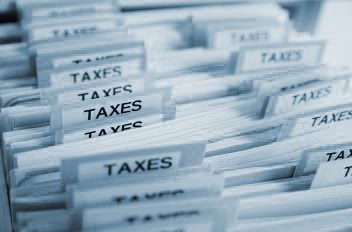Late Wednesday evening, January 6, 2021, the U.S. Small Business Administration (SBA) and Treasury issued guidance for the rebooted Paycheck Protection Program (PPP) in the form of two interim final rules (IFRs). You can view the IFRs below.
82-page IFR consolidates the rules for first-time borrowers and outlines changes from PPP2
Business Loan Program Temporary Changes; PPP as Amended
42-page IFR lays out the rules for new PPP2 loans to businesses that previously received a PPP loan
Business Loan Program Temporary Changes; Paycheck Protection Program Second Draw Loans
We’ll update this article with new details from the this PPP guidance providing more details. The following provides a summary of the new program as described in the Economic Aid Act.
PPP2 Overview
Congress revived the PPP as part of the $900 billion Economic Aid Act that was signed into law on Dec. 27. Businesses are eligible for a second PPP loan (PPP2) of up to $2 million, provided they have 300 or fewer employees, have used or will use the full amount of their first PPP loan, and can show a 25% gross revenue decline in any 2020 quarter compared with the same quarter in 2019.
PPP Loans are available to businesses that previously received a PPP loan and to first-time borrowers in these groups:
- Businesses with 500 or fewer employees that are eligible for other SBA 7(a) loans.
- Sole proprietors, independent contractors, and eligible self-employed individuals.
- Not-for-profits, including churches.
- Accommodation and food services operations with fewer than 300 employees per physical location.
The new COVID-19 relief bill also creates a simplified forgiveness application process for loans of $150,000 or less.
- The big news for borrowers is that expenses used for PPP forgiveness are tax deductible.
- There are additional expenses that qualify for forgiveness in forgiveness calculations (PPP2). The costs eligible include payroll, rent, covered mortgage interest, and utilities. PPP2 also made the following potentially forgivable:
- Covered worker protection and facility modification expenditures, including personal protective equipment, to comply with COVID-19 federal health and safety guidelines.
- Expenditures to suppliers that are essential at the time of purchase to the recipient’s current operations.
- Covered operating costs such as software and cloud computing services and accounting needs.
- The covered period for forgiveness expenses no longer has to be either 8 weeks or 24 weeks — it can be anywhere in between those durations.
We’re here to help!
Contact one of our experts at (888) 388-1040 if you need help applying, forgiveness, or with other business challenges that are a result of the COVID-19 pandemic.

